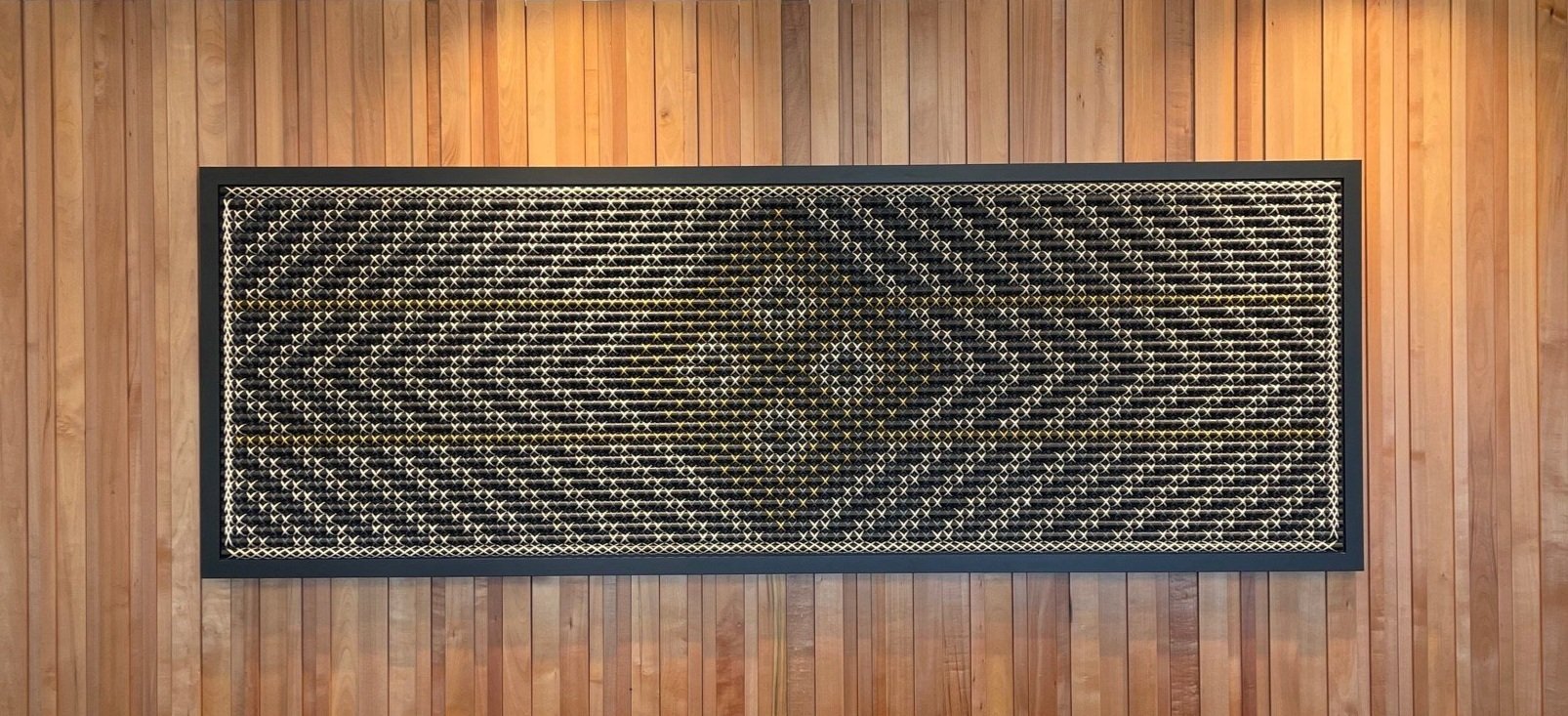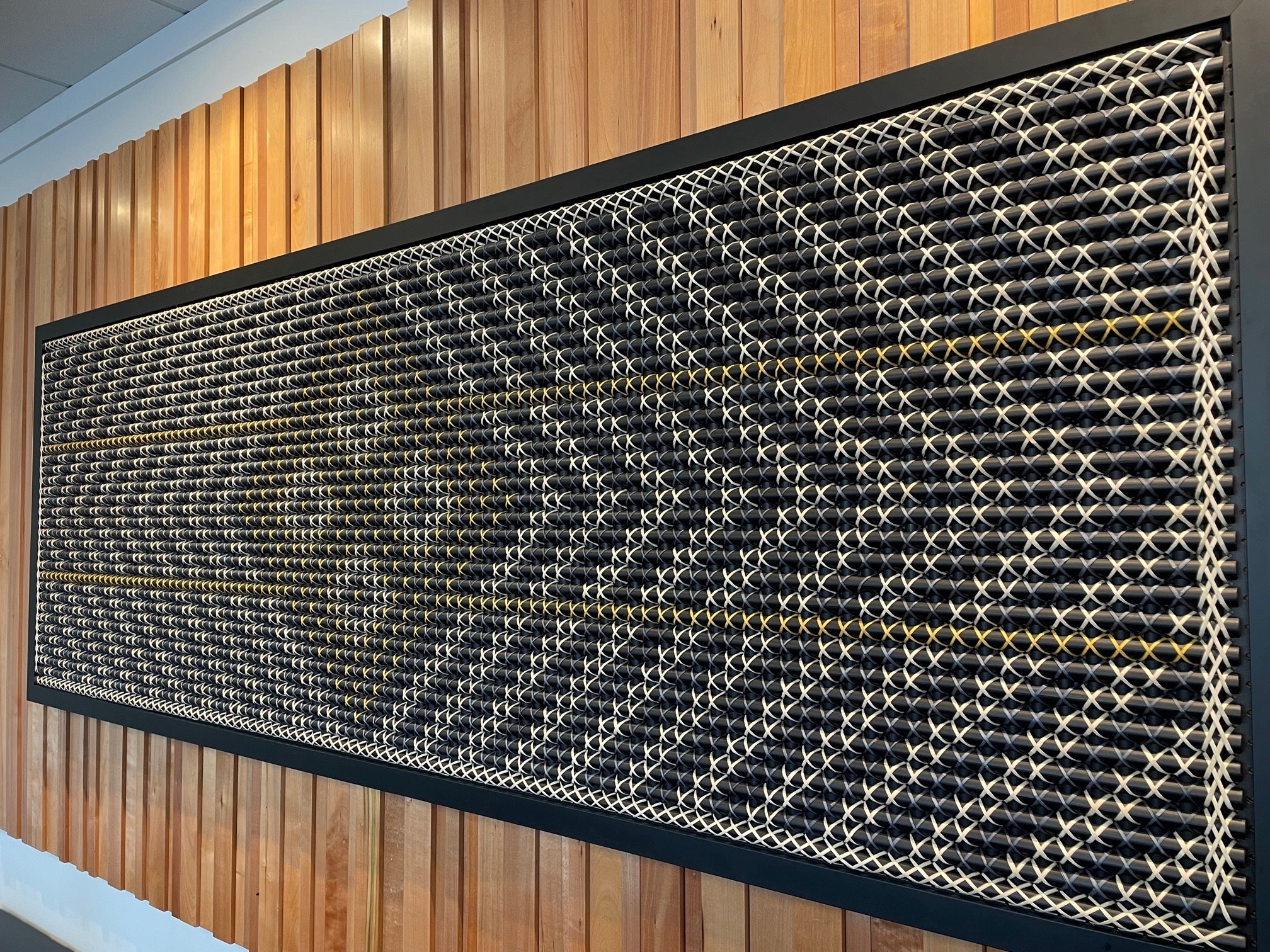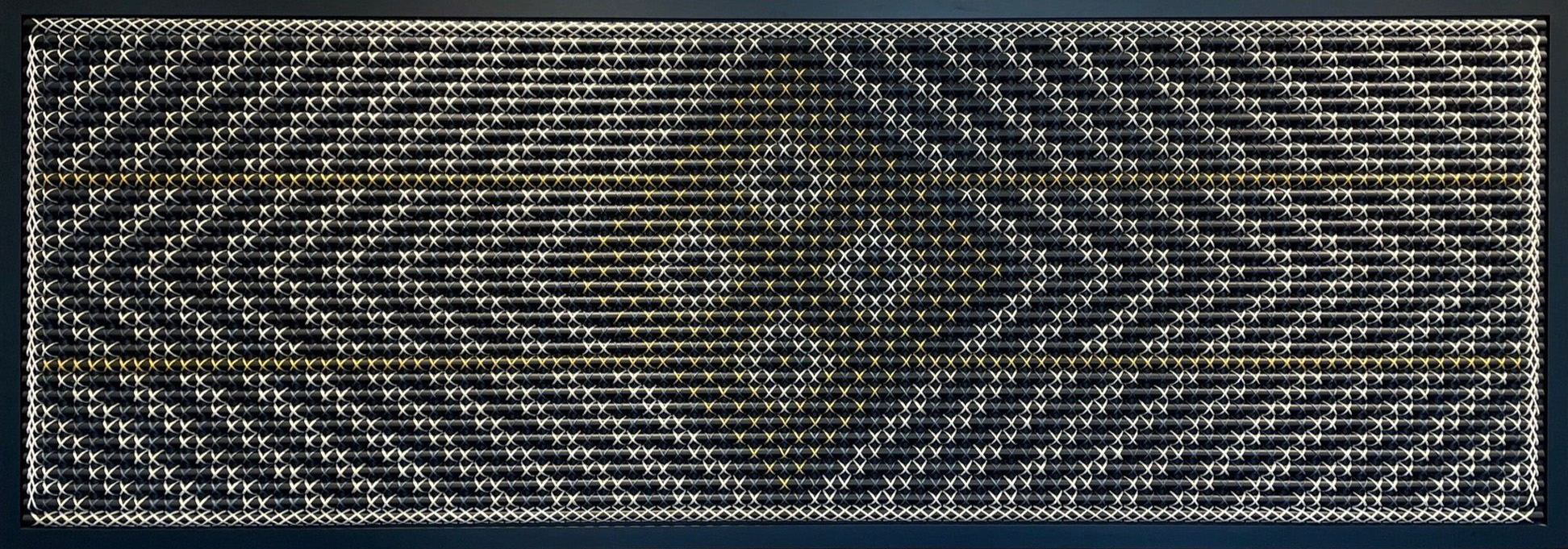This week we introduce Te Here-ā-nuku | Tuia kia Kotahi, an identity to unify our kaupapa and purpose around Making the Tenths’ Whole.

Here-ā-nuku speaks to the notion of reconnecting ourselves to the land. This connection was severed when the Crown’s legal promise to protect the Nelson Tenths Reserves and our papakāinga, urupā and cultivations for the benefit of our people, the Māori customary owners of the land, was not upheld.
‘Here‘ is used to inspire us to be ‘bound’ together with common purpose, while ‘nuku‘ is a customary term shortened to symbolise Papatūānuku – mother earth. Simply put, the name is a call to action for us to reconnect with one another, as whānau, inextricably connected to our whenua, our whakapapa and identity as the mana whenua of Te Tauihu.

The logo is inspired by Whakatū artist Lane Hawkins’s artwork Te Kaitiaki o te Wairua i roto – the guardian of the spirit within.

This artwork, currently on display in Whakatū, Nelson, depicts the coming together of those tūpuna and their descendants who whakapapa across the iwi of Ngāti Tama, Ngāti Rārua, Te Ātiawa and Ngāti Koata – that is those whānau and hapū who comprise the customary owners of the Nelson Tenths’ reserves and papakāinga lands in Nelson, Tasman and Golden Bay.
It highlights our journey as ngā uri o ngā hekenga, the settlement of the Nelson rohe and our growth and development in this region.
The artwork uses two traditional weaving patterns, Pātikitiki (represented as a diamond form) and Kaokao (represented as a parallel chevron).
The Pātikitiki pattern symbolises a good environment, an abundance of food, well-fed families, prosperity and whānau wellbeing, while the Kaokao pattern represents the work ethic, courage and physical and intellectual endeavours of ngā uri o ngā hekenga, needed to prevail and succeed, not only in relation to Ngā Hekenga, but also in relation to the Making the Tenths’ Whole kaupapa.
We will use this identity to bring together the different elements of our work in the lead up to the High Court case in Wellington from 14 August this year, and beyond.
